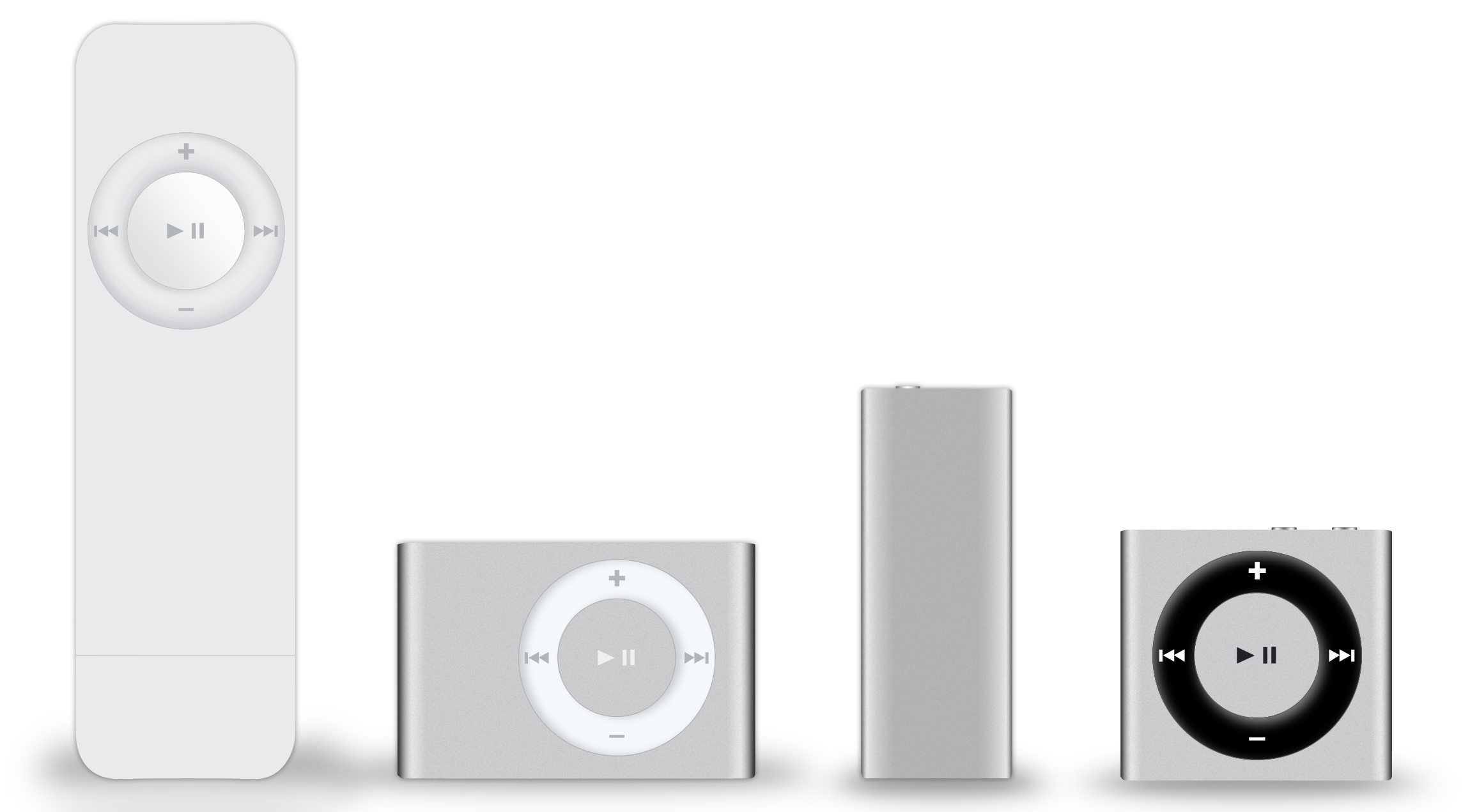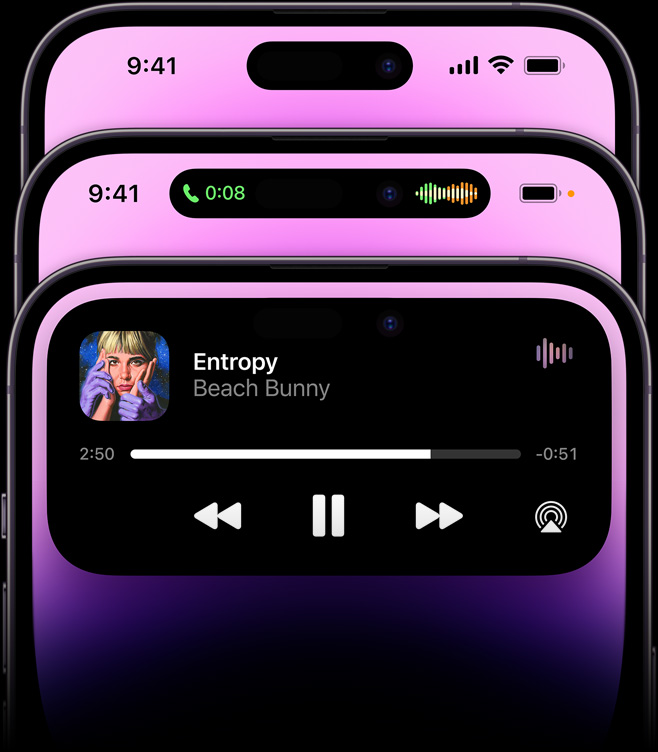An old proverb says, “When life gives you lemons, make lemonade.” Many designers see constraints as lemons; the good ones make lemonade from constraints. Apple’s new Dynamic Island on the iPhone is a good example.
The constraint at the heart of Dynamic Island is the need for camera and sensor hardware on the same surface as the device’s display. There’s a tension here: customers want the display to be as big as possible, but the camera and sensors need open space.
Until new tech comes along that allows the screen to cover the camera and sensors without impeding their use, the solution is a notch or hole in the screen. This maximizes screen size while giving the camera and sensors an unimpeded view. The downside? It’s ugly.
This is where Apple’s designers were handed a lemon: they could play around with different punch hole sizes and configurations, but at the end of the day, a hole in the display is worse than no hole at all. What to do?
Enter the Dynamic Island. Rather than trying to minimize the ugliness of the hole at the top of the iPhone’s screen, Dynamic Island embraces it and makes it useful. Instead of an eyesore to be explained away, it becomes a marquee product feature.
Apple has done this before. In 2005, when the iPod was Apple’s best-selling product, the company introduced a new entry-level model of the popular music player. It was inexpensive and tiny, two features it achieved by forgoing a screen.
Because it had no screen, this iPod model made it harder to select the exact song you wanted to hear. The most you could do was flip back and forth one song at a time. This could be seen as a significant liability compared to other MP3 players.
But rather than brush away concerns, Apple embraced this constraint and made it central to the product’s identity. They touted this iPod’s ability to surprise you by randomly playing music from your collection. They even called the product iPod Shuffle.

iPod Shuffle models. Image: Matthieu Riegler, Wikimedia Commons
The iPod Shuffle turned a product liability into a feature. Rather than wallowing in its lack of screen, it reveled in it and became a better product. Like Dynamic Island, it made lemonade out of lemons.
What about you? What constraints can you turn into an advantage?
